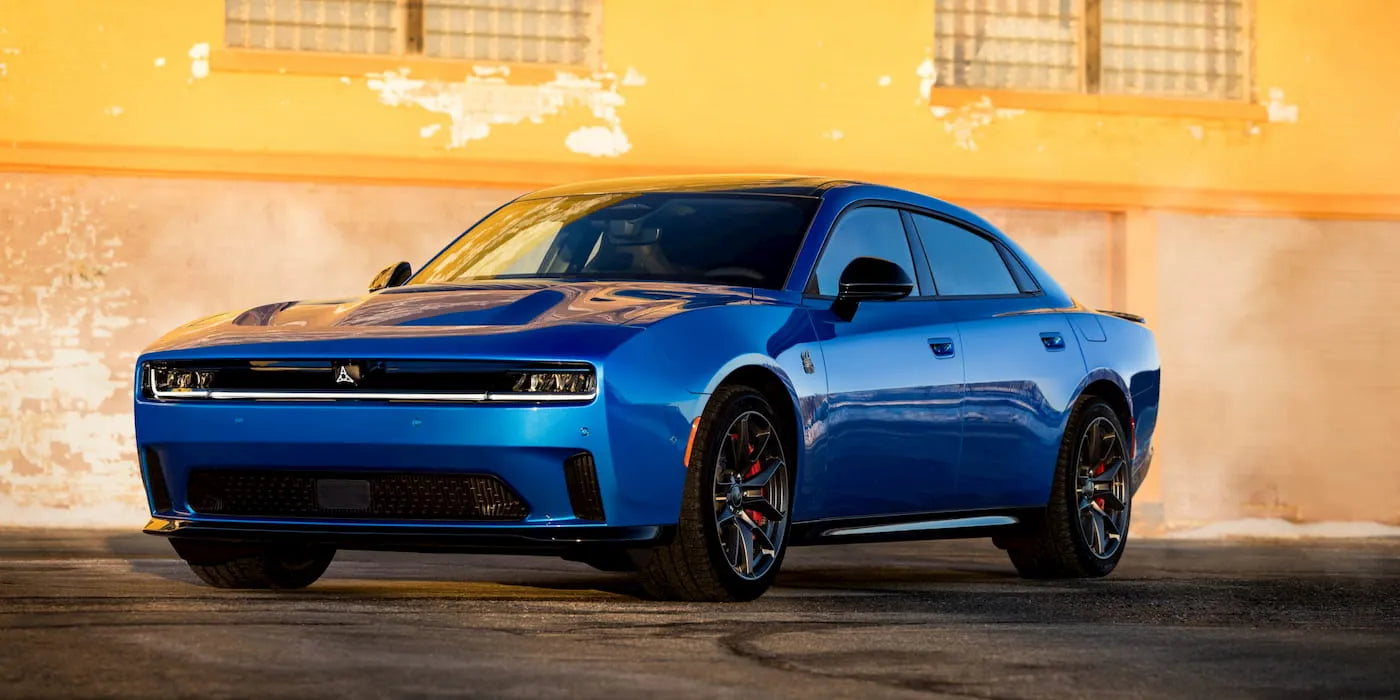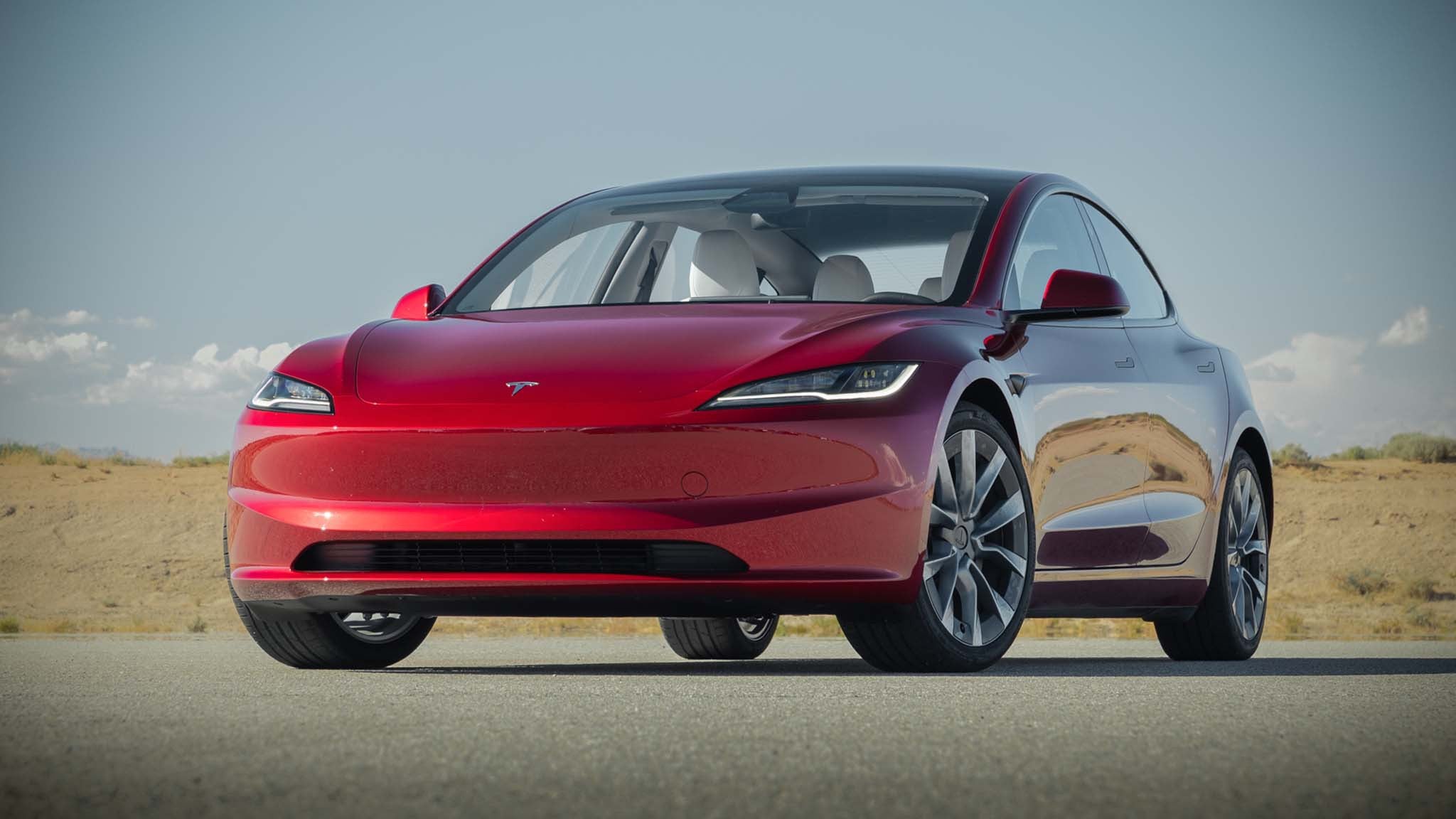Xiaomi’s Unexpected Rise in the EV Profit Race
The electric vehicle industry is notoriously difficult to break into, especially for companies that are not traditional automakers. Most global manufacturers continue to lose money on battery-electric models, and several well-funded startups are still struggling to reach profitability. Against this backdrop, Xiaomi’s early success stands out as a rare and urgent warning to established players.
Within less than two years of launching its automotive division, Xiaomi has already reported profits from its EV and AI business—something that took Tesla many more years to achieve and something most Chinese EV startups are still chasing.

Why EV Profitability Is So Hard to Achieve
The EV market faces two structural barriers: battery costs and industrial scale, both of which significantly delay profitability for new entrants.
Batteries: The Most Expensive Part of an EV
Electric vehicles rely heavily on large, energy-dense batteries, which remain the single most expensive component in production. Even as prices trend downward, lithium, nickel, graphite, cobalt, and manganese markets continue to fluctuate. Building battery plants and securing stable supply chains require vast capital investments—burdens that weigh heavily on newcomers.
Scale: The Advantage Traditional Automakers Lack in EVs
Legacy automakers built enormous, century-long supply chains optimized for internal combustion engines. EVs, built around batteries, software, and motors, demand a very different manufacturing ecosystem. Without scale, costs remain high, and translating traditional automotive experience into EV production has proven far more challenging than expected.
Tesla overcame this with 20 years of vertical integration and relentless iteration. For most competitors, the path has been far longer and more expensive.
Xiaomi Reaches Profitability in Record Time
Despite these challenges, Xiaomi—long known as a smartphone and consumer electronics giant—managed to post a profit of 700 million yuan ($98 million) in the quarter ending September 30. This milestone arrived just 19 months after the company launched its first EV, the SU7 sedan.
In comparison:
-
Tesla needed more than five years after launching the Roadster to see its first profitable quarter.
-
Li Auto reached breakeven around the two-year mark, benefiting from its extended-range hybrid strategy.
-
Xpeng and Nio expect to break even around 2025—roughly eight years after launching their first models.
Xiaomi has outpaced all of them.

How Xiaomi Pulled It Off: Structural Advantages
According to analysts, Xiaomi entered the automotive world with uniquely favorable conditions.
A Built-In Fanbase and Trusted Brand
Xiaomi enjoys a massive user base in China, with brand loyalty comparable to Apple’s. This allowed the company to tap into millions of existing customers already familiar with its products, ecosystem, and design language. Customer acquisition—often one of the biggest expenses in a competitive EV market—was dramatically reduced.
An Integrated Tech Ecosystem
The company’s ecosystem of smartphones, home devices, and software created a seamless foundation for its EV strategy. This ecosystem, when extended into vehicles, offers a level of integration that many traditional automakers still struggle to deliver, making Xiaomi’s EVs appealing to tech-focused consumers.
Concentrated Product Strategy
Instead of launching multiple vehicles at once, Xiaomi treated the SU7 like a major consumer electronics release:
-
staged teaser campaigns
-
high-frequency livestreams
-
structured rollouts
-
continuous engagement through its user community
Focusing on one flagship product minimized cash burn and allowed Xiaomi to scale efficiently.
Partnerships With Established Battery Suppliers
Using well-developed battery suppliers such as CATL and leveraging China’s low labor costs provided further savings. The combination of brand power, cost efficiency, and tech integration produced an EV offering both competitive in price and attractive to early adopters.
Xiaomi’s Future Plans—and the Challenges Ahead
Even with early profits, Xiaomi operates in a tough environment. China’s slowing EV demand, intense price competition, and the reduction of government incentives pose significant risks. Nevertheless, Xiaomi plans to enter Europe by 2027, signaling its intention to become a long-term global EV competitor.
If its pricing remains aggressive and its tech ecosystem resonates with European consumers, Xiaomi could disrupt the market there as well.
Toyota’s Hybrid Strategy Offers a Counterexample
While Xiaomi proves rapid EV scaling is possible under the right conditions, the broader automotive landscape is shifting more cautiously. Toyota, a long-time skeptic of full battery-electric adoption, is currently benefiting from surging demand for hybrids in the U.S. and abroad.
Toyota leaders argue that customer needs, regulatory environments, and market realities require flexibility. The company’s “multi-pathway” strategy—balancing hybrids, plug-ins, and EVs—provides resilience during EV market volatility.
Even so, Toyota still plans to release two new EVs next year, showing that while its approach is measured, it is not static.

Elon Musk’s AI Ambitions and EV Implications
Beyond automakers, xAI—Elon Musk’s artificial intelligence startup—is seeking to raise $15 billion at a valuation near $230 billion. While separate from Tesla, a future partnership or investment could enhance Tesla’s autonomy strategy, especially as Musk sees convergence between AI, robotics, and mobility.
For now, Tesla’s board remains cautious, but industry watchers expect growing alignment between Musk’s various ventures over the coming years.

Would Consumers Buy a Xiaomi EV?
Xiaomi’s vehicles have earned strong early reviews—many comparing the SU7 to a more affordable, tech-rich Porsche Taycan. While a U.S. launch remains unlikely, European buyers may soon face a compelling new EV alternative.
The company’s combination of competitive pricing, advanced software, and deep integration with consumer devices positions it as a formidable new global automaker.
Recommend Reading: Xiaomi YU7 Max Falls Short of Official Range Claims in Real-World Highway Test








Aktie:
How BYD Is Accelerating Its Expansion Across Europe